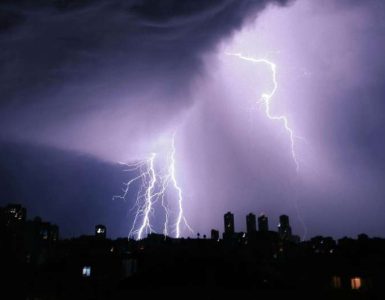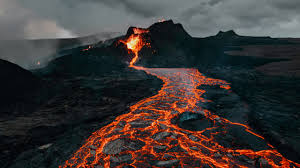The world is more prepared than ever for a devastating tsunami thanks to early warning systems, ocean science experts said Thursday, even though they still cannot predict when one may strike.
As the 20th anniversary of the December 2004 Asian tsunami that killed more than 170,000 people nears, United Nations-backed specialists have reiterated messages about tsunami preparedness.
Two decades ago, scientists did not have an Indian Ocean tsunami warning system in place when disaster struck, but now, 1,400 stations globally cut warning times to just minutes after a tsunami wave forms.
“We are much better prepared than we were in 2004. The global early warning system is saving lives,” Bernardo Aliaga, head of tsunami resilience at UNESCO, told a press briefing.
“Are we safer? Yes perhaps. Are we safer in all places in the world? Perhaps not. We actually need your help. Because we need to pass the message to be better prepared.”
UNESCO experts are hoping to get citizens in vulnerable areas able to guard against deadly, unpredictable hazards through a program that helps the awareness and preparedness of coastal communities called Tsunami Ready.
“We are aiming that by 2030, 100 percent of these at-risk communities are prepared for and resilient to tsunamis,” said Ardito Kodijat, head of UNESCO’s Indian Ocean Tsunami Information Center.
Such preventative measures include evacuation maps, regular tsunami exercises and informing people to watch for tsunami signs, including listening for its roaring sound before running to high ground.
The measures sit alongside more concrete warnings like buoys deployed close to key fault lines to detect when a wave could be formed and ping warning centers.
Countries impacted by the Indian Ocean quake-tsunami in 2004, as well as those near fault lines such as Japan, are also particularly prone.
In 2011, a colossal 9.0-magnitude undersea quake off northeastern Japan triggered a tsunami that left around 18,500 people dead or missing.
Ocean experts cautioned that they could not prevent every death from a tsunami, but only minimize the impact.
“2004 was such a tragedy because… we might have known there was an event, but we didn’t have a way to tell anyone,” said Laura Kong of the Honolulu-based International Tsunami Information Center.
“We just don’t know when the next big one will be, but what we know is that we can be as ready as we can.”
Read more at Phys.org









